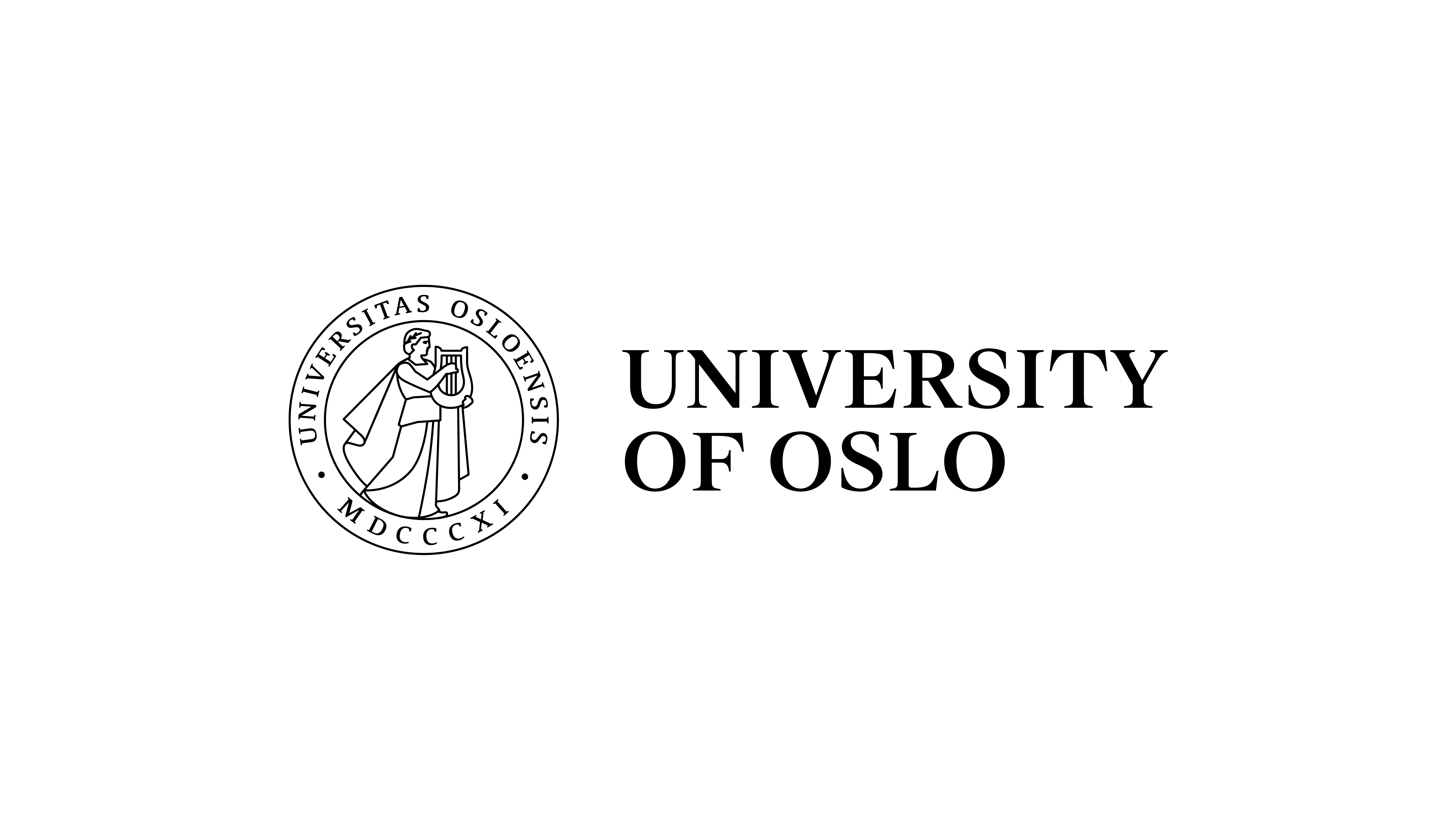
In this page: Digital Twin Model | Resources | Partners
Prioritisation of DNA metabarcoding sampling locations
The Prototype Biodiversity Digital Twin (BioDT) for prioritising DNA metabarcoding sampling locations is an innovative tool designed to optimise the selection of environmental DNA (eDNA) sampling sites. Advancements in eDNA metabarcoding have significantly improved our ability to assess biodiversity, particularly for cryptic or less-studied organisms such as fungi, bacteria, micro-invertebrates and micro-eukaryotes. Despite its cost-effectiveness, selecting optimal sampling sites remains challenging due to our limited knowledge of the spatial distribution and drivers of diversity within less-studies groups of organisms.. Efficiently identifying and prioritising sampling locations is crucial for maximising the utility of eDNA data to efficiently fill gaps of knowledge and to optimise and refine global biodiversity conservation efforts. The tools developed by this pDT aim to facilitate researchers, monitoring initiatives, and commercial enterprises in making informed decisions on where to sample, based on user-defined criteria and the integration of biodiversity patterns derived from currently available eDNA data.
The BioDT prototype leverages existing eDNA data and integrates user-defined criteria to optimise and prioritise future sampling locations. Using an intuitive interface supports interactive exploration and decision-making, to refine our understanding of global biodiversity patterns and enhance targeted conservation strategies.
Prioritisation of DNA metabarcoding sampling locations and Digital Twin Models
Modelling
Overall the core of this pDT modelling capability is to integrate data from eDNA samples and various spatial datasets to generate prioritisation metrics to guide the selection of future sampling locations. Data inputs include;
Species data from GBIF, these data include eDNA-derived occurrence records and are standardised according to the Darwin Core Standard.Land-Use spatial maps, such as land cover and ecoregion maps, are used to provide context for sampling locations.Discrete Global Grid System is using systems like H3 by Uber for spatial binning of species occurrences, organising data into manageable geographic units.Users can define criteria (e.g., spatial distance to known samples, estimated species richness) and their relative weights to calculate a prioritization score for each spatial bin.Predicted Scores for bins without data are assigned predicted scores based on known data and spatial proximity, filling knowledge gaps.
Who can use the pDT?
Users can define focus areas, taxonomic scope, and constraints using dropdown lists and forms with an interactive map displaying prioritised bins, allowing users to refine criteria and explore suggested sampling locations.
Some examples of users include
- Researchers can quickly identify optimal sampling sites for cryptic organisms, enhancing the efficiency of biodiversity studies.
- Monitoring Initiatives can designate areas for further sampling based on criteria like spatial coverage and habitat representation.
- Commercial Enterprises can offer services for biodiversity monitoring to clients, ensuring representative and cost-effective sampling.


